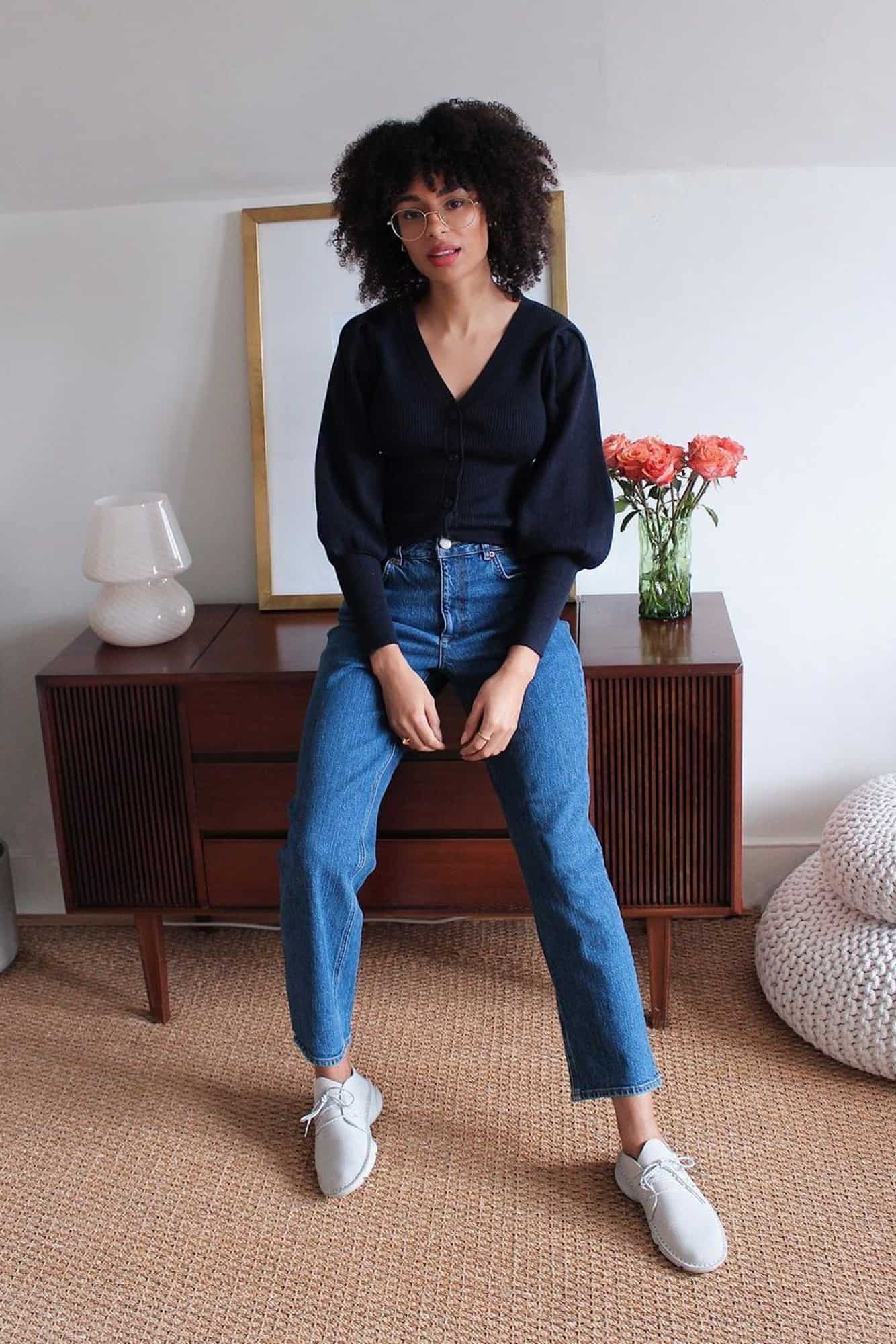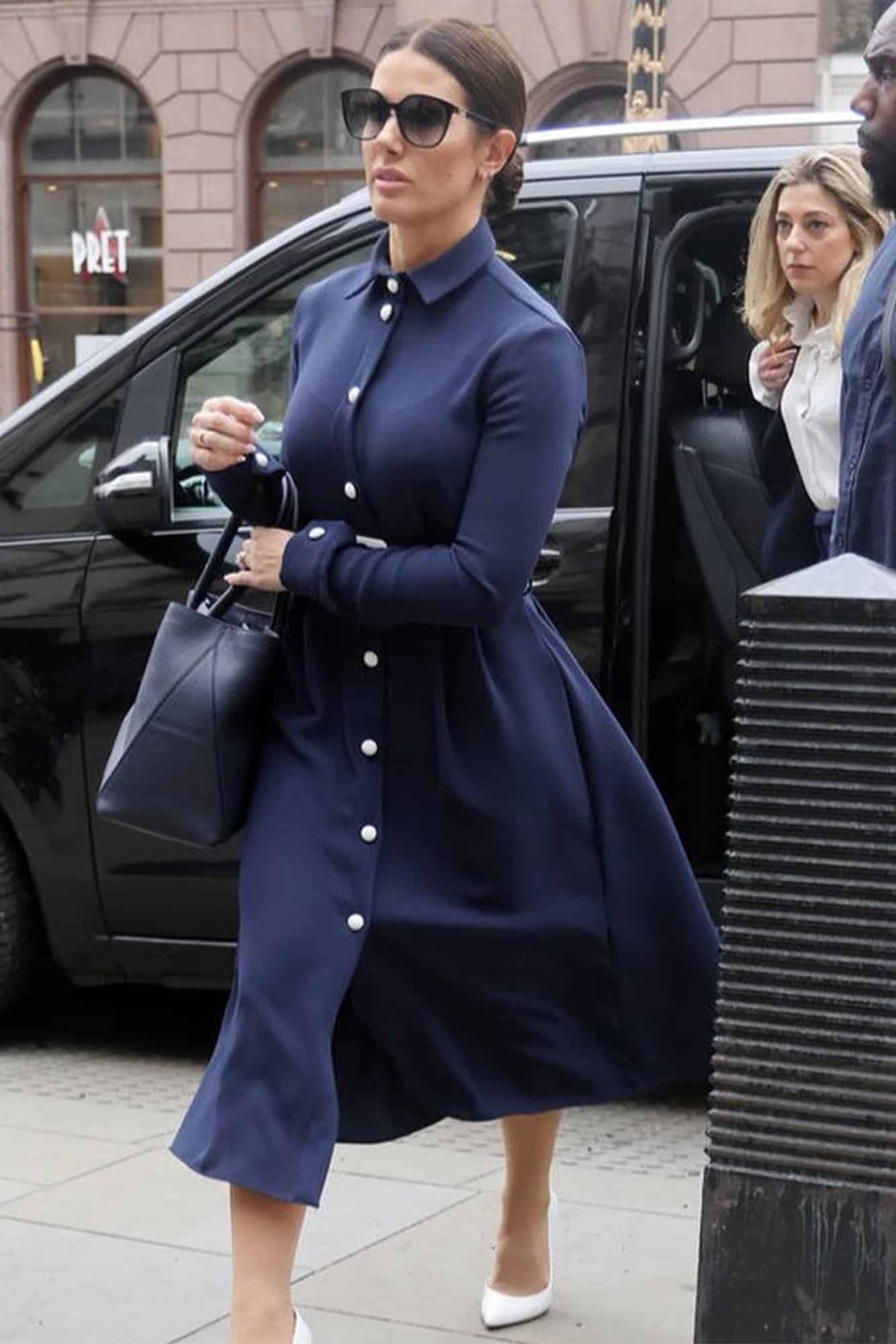Last week, beauty giant Charlotte Tilbury sent partially empty PR packages for the release of its Hollywood Beauty Icon Lipstick collection to influencers, which sparked a viral “investigation” on TikTok.
Lifestyle creator Emely Moreno and makeup artist Mikayla Nogueira Hawken both received the package and recorded their reactions online. Moreno’s TikTok currently has more than 11.8 million views and Nogueira Hawken’s boasts more than 12.3 million – an impressive feat in just a matter of days.
The beauty brand then stitched their TikToks to reveal more information about the “missing” products, which were reportedly last seen on 27 January, and said it is appealing to the public for any information.
The compelling storytelling certainly boosted engagement (the viewing figures speak for themselves) and the response has been generally positive, with many beauty fanatics trying to get to the bottom of the mystery.
Charlotte Tilbury at risk of anti-sustainability criticism
While the PR strategy has proven to be a compelling marketing tactic, is the buzz worth the perceived environmental cost of sending multiple seemingly useless packages across the US (including the follow-up deliveries with the actual PR products)? This wouldn’t be the first time the beauty industry has faced criticism for excessive packaging – the personal care and beauty industry produces more than 120 billion units of packaging every year globally – and influencer gifting has evolved into a somewhat controversial strategy for brands, with many creators calling out the practice as wasteful and even asking to be removed from PR lists.
Nogueira Hawken shared a recent update on TikTok after she received the lipsticks in a separate package and claims she still doesn’t know whether the move was intentional. She also added: “I hope it wasn’t on purpose as it’s kind of wasteful,” perhaps in a bid to avoid negative comments from her followers.
You may also like
Fashion stylist and former Vogue staffer Ginnie Chadwyck-Healey, who is on a mission to help people buy less, spoke to CORQ’s features editor Emilie McMeekan in January and said creators should “declare the number of gifts they accept and declare what they do with the gifts after they’ve posed with them”. She also expressed concerns about how people are not reflective enough about where everything goes when clothing poverty is such a huge issue and argued that influencers shouldn’t always accept free gifts.
One creator who has made an effort to address this is lifestyle vlogger Lucy Moon. She hosts a dinner party every six months and invites her friends to pick what they want from her “stash” of PR products for a donation, which goes towards a different charity each time. Most recently it was the housing charity, Shelter.
Others have questioned the ethics of influencers selling or giving away gifted products and have argued the practice can be inefficient for brands. The answer? Brands might want to focus on delivering more meaningful gifts instead of attention-grabbing packaging – less is more.
While Charlotte Tilbury has demonstrated that by leveraging intrigue and consumer participation brands can produce high-engagement posts and drive traffic, beauty brands should beware overlooking one of their biggest sustainability challenges and turning a blind eye to a growing desire among consumers for more ethical practices and products. In the digital age, it doesn’t take much to turn customers against you.
By Abby Oldroyd, CORQ news and features writer. Picture credit: Charlotte Tilbury via Instagram










Charlotte Tilbury naming It girl Bella Hadid as its new muse is the brand’s smartest marketing move yet